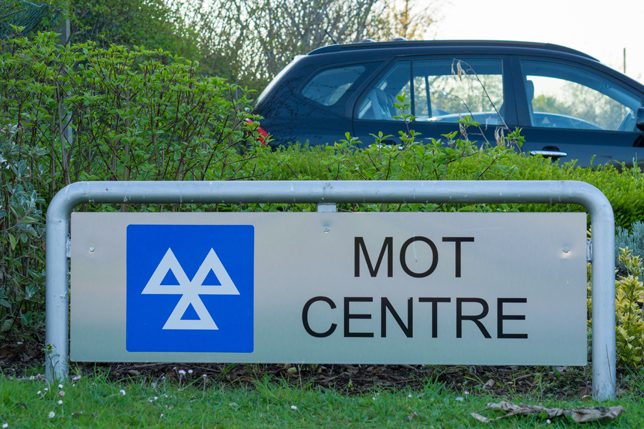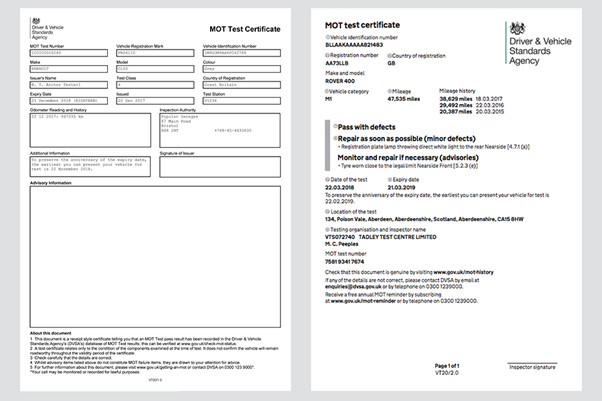
M.O.T. rule changes from 20th May 2018
The MOT test changed on 20 May 2018, with new defect types, stricter rules for diesel car emissions, and some vehicles over 40 years old becoming exempt.
The changes are meant for cars,motorbikes vans and other light passenger vehicles.
There are 5 main changes to the rules:
1. Defects will be categorised into 3 types
Minor , Major and Dangerous. Advisory defects will still be notified by the MOT tester. Below is what these categories mean:
| Item result | What it means about the item | How it affects your MOT result |
| Dangerous | A direct and immediate risk to road safety or has a serious impact on the environment.
Do not drive the vehicle until it’s been repaired. |
Fail |
| Major | It may affect the vehicle’s safety, put other road users at risk or have an impact on the environment.
Repair it immediately. |
Fail |
| Minor | No significant effect on the safety of the vehicle or impact on the environment.
Repair as soon as possible. |
Pass |
| Advisory | It could become more serious in the future.
Monitor and repair it if necessary. |
Pass |
| Pass | It meets the minimum legal standard.
Make sure it continues to meet the standard. |
Pass |
2.Stricter rules for diesel cars
Emissions from diesel exhausts are subject to tighter rules particularly those with DPF filters. Your vehicle will get a major fault if the MOT tester can see smoke of any colour coming from the exhaust or finds evidence that the DPF has been tampered with.
3. Some new items are tested during the MOT
They include checking:
- if tyres are obviously underinflated
- if the brake fluid has been contaminated
- for fluid leaks posing an environmental risk
- brake pad warning lights and if brake pads or discs are missing
- reversing lights on vehicles first used from 1 September 2009
- headlight washers on vehicles first used from 1 September 2009 (if they have them)
- daytime running lights on vehicles first used from 1 March 2018 (most of these vehicles will have their first MOT in 2021 when they’re 3 years old)
There are other smaller changes to how some items are checked. Your MOT centre will be able to tell you about these.
4.The design of the MOT certificate is changing
Defects will be listed under the new categories to make it easier to understand. Below is a picture of the old style and new style certificate.

5.some vehicles over 40 years old won’t need to have an MOT
Cars vans motorcycle and light passenger vehicles over 40 years old will not need to have an MOT as long as they haven’t been substantially altered. You won’t need to apply to stop getting an MOT.
You can be fined up to £1000 for driving a vehicle without a valid MOT. Once your car is 3 years old it must have an MOT.
For further information please follow the link https://www.gov.uk/government/news/mot-changes-20-may-2018
